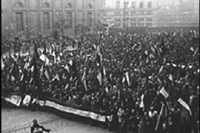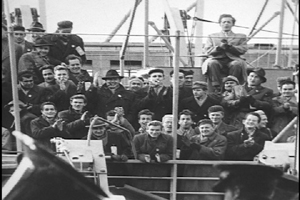|
1956
HUNGARIAN REVOLUTION
|
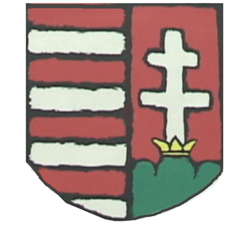 |
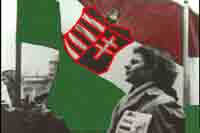 |
|
In 1945, during World War II, the Russians came in to liberate Hungary from the Nazis, but when the Communists took over in 1949, liberation became domination and the Hungarian government was totally subordinate to Soviet control. There was freedom in the air on October 23, 1956 when Hungarian students began demonstrating against the Communist government. The Soviet dictator Joseph Stalin had died three years before; and in March of 1956, Nikita Khrushchev had spoken out against Stalin at the 20th Party Congress. Repression was easing within the Soviet Union, and the leaders of the Satellite countries like Gomulka of Poland and Nagy of Hungary felt they could try to liberalize. Led by students and workers, the spontaneous Hungarian Revolution began. The Soviets, however, felt that they were losing control in Hungary, so they sent in their tanks and troops. The Freedom Fighters fought hard, but by November 4th, the Hungarians had lost. It wasn't until 1989, with the fall of the Berlin Wall that the Soviet Union finally collapsed. Now as we look back, we can see that the Hungarian Revolution really was the first serious crack in the Soviet system and a proud moment in the life of that small Central European country. |
|
A
BRIEF ANNOTATED PHOTO CHRONOLOGY
|
| Mar.5 ,1953 |
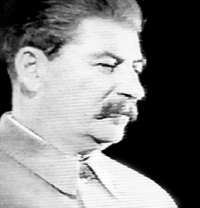 |
The
death of JOSEPH STALIN ended the Soviet grip within and without.
|
| Mar. 1955 |
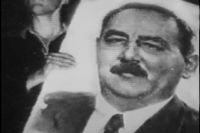 |
IMRE NAGY [im-ray noj], a more liberal Soviet-trained Hungarian Communist, became Prime Minister. He opposed his predecessor, the more hardline Hungarian Communist Party leader Matyas Rakosi [ma-tyah-sh rah-ko-tsi]. |
| Feb. 1956 |
 |
RAKOSI ousted Nagy, indicating that the Russians wanted Hungary to return to the same old Communist leadership. |
| Mar. 1956 |
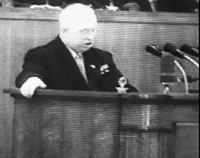 |
NIKITA KHRUSCHEV (at the 20th Party Congress) gave a "secret speech" denouncing Stalin. This gave a signal to the governments of Eastern Europe that they could experiment with "national paths" within limits. Hungarians, too, hoped for more independence. |
|
June 1956 Oct.19-22,1956 |
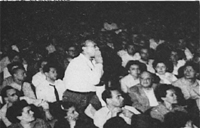 |
|
|
|
 |
|
|
Oct.16,1956
|
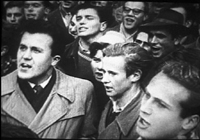 |
University students formed an independent political organization criticizing the government and its policies, and they distributed a list of demands. |
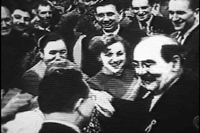 |
They wanted Imry Nagy to be their leader because he represented the Hungarian sentiments for independence from Moscow. |
|
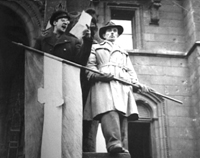 |
These
were some of their other demands : - formation of multi-party system - free elections - dissolution of the AVO Secret Police - Soviet troops to leave Hungary, - Hungary's withdrawal from Warsaw Pact |
|
|
Oc19-21,1956
|
 |
News reached Budapest that Polish Party leader Wladislaw Gomulka had stood up to Khrushchev and the mobilized Soviet troops in Warsaw. But Gromulka made it clear that he would stay within the Warsaw Pact [Soviet-led military alliance of Eastern European countries], so a clash between the Soviets and the Poles was averted. |
|
Oct.23,1956
|
 |
Students of the Budapest Technical University started a peaceful march to show their support for the Poles, to demonstrate that Hungary wanted to be politically and economically independent, and to end the Soviet occupation. They were joined by workers and others. |
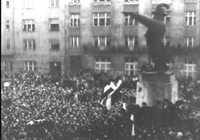 |
Some went to the BEM STATUE. | |
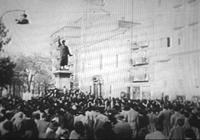 |
Some went to the PETOFI STATUE. | |
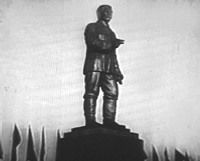 |
Others went to tear down the STALIN STATUE because it represented Soviet dominance over Hungary. | |
 |
They put the Hungarian flag in what remained of STALIN's boots, and the head fell to the ground. Stalinism had literally been toppled. | |
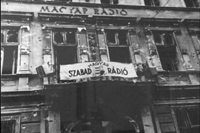 |
Later that evening, the Revolution started at the HUNGARIAN RADIO STATION where the students tried to broadcast their demands. | |
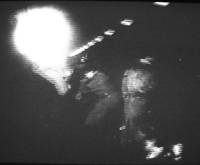 |
The AVO Hungarian Secret Police shot at the demonstrators, and a riot followed with bloodshed and deaths. It was then that the Hungarian Communist Government asked for the Soviet Army (stationed in Hungary under the Warsaw Pact) to help restore order. | |
| Oct.24,1956 |
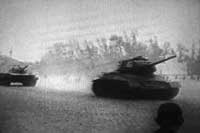 |
Khruschev was reluctant to use military force at first, but he did send the Russian tanks into Budapest. |
| Oct.24,1956 |
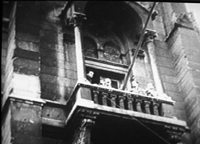 |
IMRE NAGY became Prime Minister, and he spoke to thousands at the Parliament to try to calm the situation. |
|
|
Stand
up, Hungarians, your country calls. First verse from SandorPetofi's [Sh- on-dor Pet -ew-fee] 1848 National Poem, known by everyone and recited by the demonstrators |
|
| Oct.24-28,1956 |
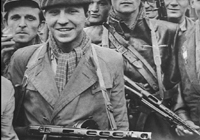 |
Young people took up arms to fight, getting guns and ammunition from the Hungarian police stations and army depots. |
| Oct.24-28,1956 |
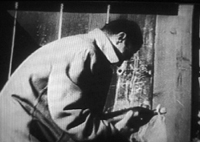 |
The Freedom Fighters even made Molotov cocktails to throw at the tanks. |
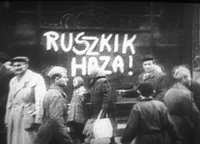 |
Russians, go home! | |
| Oct.28,1956 |
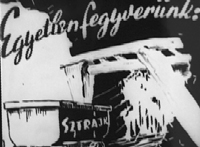 There's only one weapon -- STRIKE. |
All over the country, Revolutionary Workers Councils took over, and there was a call for a general strike. |
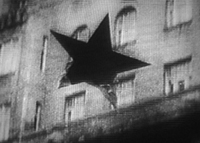 |
Symbols such as red stars and Soviet war memorials were destroyed. | |
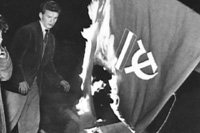 |
Other Communist symbols, books, and files were burned. Some Hungarians, however, felt the book-burning went too far. | |
|
Oct.27,1956 Oct.28,1956 Oct.30,1956 |
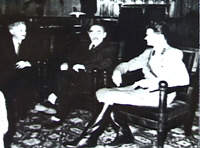 Z.Tildy, I.Nagy, P.Maleter |
Nagy formed a
new government. |
| Oct.27,1956 |
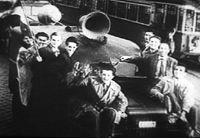 |
Everybody was happy. |
| Oct.30,1956 |
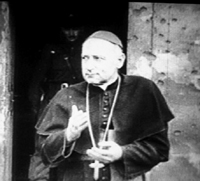 |
CARDINAL MINDSZENTY, the Catholic prelate, who had been imprisoned by the Rakosi regime, was rescued by the Freedom Fighters and gave a very supportive speech praising the bravery of those fighting for the liberation of the nation. |
|
Oct. 30,1956 |
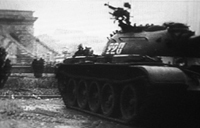 |
The Soviet troops pulled out of Budapest to the countryside. |
 |
The
Hungarians thought they had won and the feeling was one of elation. "It was like emancipation," as Frank Gati said, "like becoming an adult as far as a nation is concerned." |
|
| Oct.29,1956 |
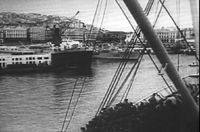 |
In the meantime
. . . |
|
Oct.31,1956 Nov.5-6,1956 |
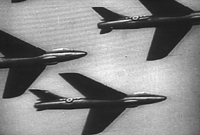 |
They sent in their land forces. |
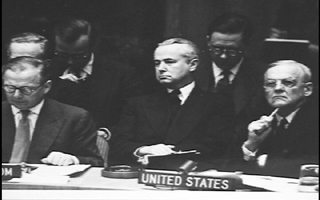 Llewelyn & Sec. of State Dulles |
In the United Nations, the U.S. found itself in a real dilemma. It opposed and condemned this aggression by its friends -- Israel, France, and Britain. | |
| Oct.31,1956 |
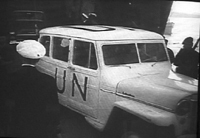 |
The U.N. only
sent peacekeeping troops into Egypt even though Hungary, too had asked
for help. |
| Nov.1,1956 |
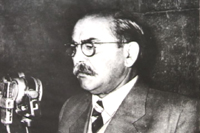 |
NAGY was Prime
Minister, and he made it clear that Hungary wanted to be neutral and
was withdrawing from the Warsaw Treaty. |
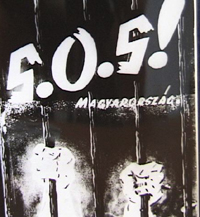 |
Even
though America and the world heard Hungary's call for help, only Red Cross
help was given and Hungary was on its own. |
|
| Nov.3, 1956 |
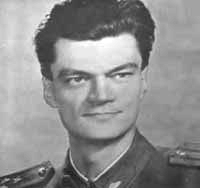 |
PAL MALETER [pall mall lay tair] was in charge of the Hungarian Army, and at that time, he and some of the Hungarian Army units were fighting against the Russians . Nagy made him his Defense Minister, and he headed a Hungarian delegation to talk with the Soviet Army generals about withdrawing their troops. But it was a trick, and they arrested him. Two years later, in 1958, he was executed. |
| Nov.2,1956 |
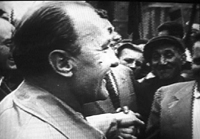 |
The Soviets wanted a Hungarian government acceptable to itself, so they chose JANOS KADAR [yon-oh-sh kod- ar] to form a counter-government. He had been tortured and imprisoned during the Rakosi years and Nagy brought him in as part of his government. [After the Revolution failed, he became the leader of Hungary.] |
|
Nov.4,
1956
|
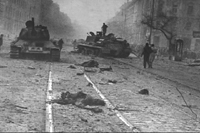 |
Soviet tanks and troops came back into Budapest with overwhelming force and crushed the Revolution. |
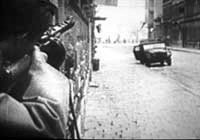 |
Although the Freedom Fighters fought valiently for another week, they were no match for the Soviets, and within a few days, the Hungarian Revolution was over. | |
 |
They had been outnumbered and outgunned. | |
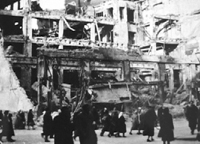 |
Destruction was everywhere. | |
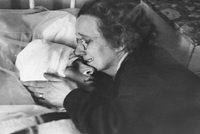 |
There
were thousands who died. 26,000 were put on trial, and of those 13,000 were imprisoned [general amnesty given in l963], and about 300 were executed. |
|
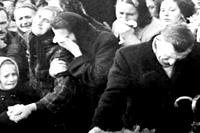 |
There were a few days of hope and liberation, but in the end, the Hungarians were defeated. | |
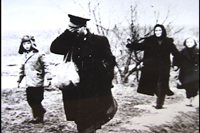 |
200,000 refugees escaped into Austria or Yugoslavia and eventually started new lives in other parts of the world such as England, France, Germany, Switzerland, Canada, and the United States. | |
| Jan.1, 1957 |
Some came to the U.S. by Military Troop Transport Ships and others were brought by plane. Click on the picture to see some of the 56ers. |
|
| Nov.&
Dec.1956 and Jan.1957 |
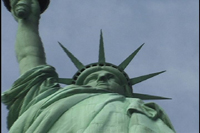 |
40,000
came to the United States
to start new lives in America. |
| Nov.4,
1956 Nov.22, 1956 June16, 1958 |
NAGY and others
in his government had to find refuge in the Yugoslav Embassy; but even
though Kadar promised them safe passage when they left the Embassy,
the Soviet security forces arrested them and held them in Romania. MALETER
was never seen alive again. |
|
| June16,1989 |
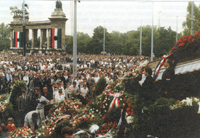 |
Following the fall of the Soviet Union, their bodies were finally exhumed and given state funerals, now considered the symbolic burial of Hungarian Communism. |
| Back to STARTING OVER IN AMERICA | GATI PRODUCTIONS |
|
More
info on the1956 Hungarian Revolution
|
| The Institute for the History of the 1956 Hungarian Revolution |
| Csaba Bekes and Janos Rainer M |
| CNN Cold War series - Episode 7 After Stalin 1953-1956 |
| Testament of Revolution by Bela Liptak Texas A&M University Press 2001 |
| The Forbidden Sky by Endre Marton Little Brown and Co. 1971 |
| The Bridge at Andau by James A. Michener Bantam Books 1957 |
